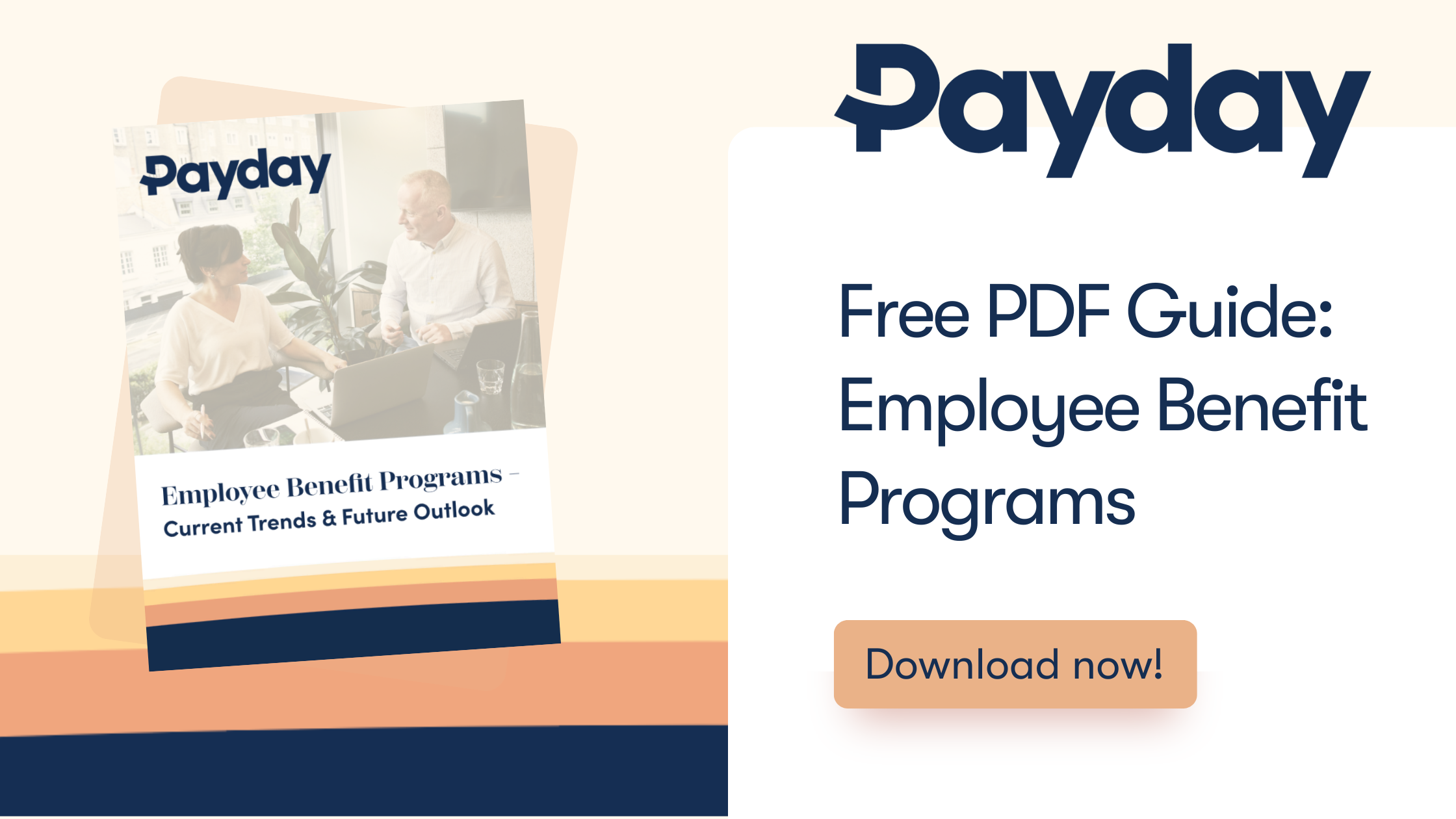If you’re an employer interested in upgrading your company’s benefits and perks to improve recruitment or boost employee satisfaction among existing employees, it’s important to familiarize yourself with the advantages of health savings accounts (HSAs).
An HSA reduces healthcare costs by allowing employees to set aside pretax earnings to cover a wide range of future medical expenses. The good news is that HSAs benefit employers and employees alike, as they tend to lower payroll taxes and create premium cost savings for businesses while providing an account with 401(k)-like investment growth for employees seeking to cover medical expenses their primary plan doesn’t cover.
In this article, we’ll outline the potential benefits of incorporating health savings accounts (HSAs) into your employee benefits and the tax secrets that can help you and your employees during employment and even into retirement.
HSA Basics
An HSA can only be offered to employees by employers who offer a high-deductible health plan. The HSA functions as a tax-free savings account designed to cover the following medical expenses (and more):
- Copays, deductibles, coinsurance premiums
- Dental work
- Vision care (costs for exams, eyeglasses, lenses, etc.)
- Prescriptions
- Birth control
- Other qualifying out-of-pocket medical expenses
Contribution limits for self-coverage and family coverage will rise by 5.5% between 2022 and 2023, allowing individuals to save up to $3,850 yearly and $7,750 for family coverage. Although employees’ pretax contributions primarily drive HSAs, many companies that offer high-deductible health plans provide matching HSA contributions as a fringe benefit. Naturally, matching contribution arrangements are best discussed and coordinated in advance to ensure yearly amounts fall within the IRS contribution threshold.
How HSAs Benefit Your Business
From reducing the cost of health benefits and payroll taxes to improving employee satisfaction, retention, and recruitment, we’ll discuss the multiple ways HSAs can benefit your business now and in the future.
Reducing Payroll Taxes
The most obvious benefit of offering an HSA to employees is that it provides substantial tax savings. Employees and employers alike are spared the need to pay payroll taxes on any contributions. Instead, employers (especially those offering a matching plan) are afforded a federal income tax deduction and payroll deduction. These contributions are regarded as a legitimate business expense and are not subject to FICA (Social Security and Medicare) taxes. Although there are benefits to businesses of all sizes, employers with 100 or more employees stand to save over $50,000 annually in FICA taxes just by offering health saving accounts (HSAs) as a fringe benefit.
Reduced Benefits Costs
When an HSA is offered with a high-deductible plan or “cafeteria” plan, the minimum deductibles are traditionally higher than other health plans. Nevertheless, premium rates are typically lower with HSA-qualified plans, which allows employers to redirect savings from lower premium rates towards attractive HSA matching plans that help with employee retention and attracting new hires.
Improved Employee Engagement, Satisfaction, and Recruitment
A health savings account is a compelling fringe benefit to current and potential employees because it offers a three-fold tax advantage:
- Accumulated HSA funds can be used for any qualified out-of-pocket medical expenses (while remaining tax-free).
- All HSA contributions are tax-deductible, excluded from gross income when contributed pretax, and are not subject to FICA taxes.
- All accumulated HSA funds can compound tax-free (at a rate that sometimes exceeds 401(k)s) and without any “use it or lose it” conditions. If funds are withdrawn for non-medical use in retirement, they are subject to taxes, but if withdrawn to cover medical expenses, they remain tax-free.
In addition to reducing tax costs for your employees, an HSA also assists with retirement savings (directly or indirectly) and demonstrates your company’s investment in supporting its employees’ well-being in the present and well into retirement.
Other Benefits to Employees
An HSA can provide additional savings and tax-related benefits to employees that go beyond the immediate need to cover out-of-pocket medical expenses.
Tax-Free Investment Growth & Reimbursement
An employee’s HSA funds can be tax-free in stocks, bonds, or mutual funds, often creating returns that exceed IRAs or 401(ks). Just as contributions are tax-free, interest is earned tax-free as well. One approach some HSA account holders take is to pay for out-of-pocket medical expenses as needed and withdraw from their HSA for reimbursement later (tax-free). As long as an account holder is diligent with record-keeping (receipts, bills, etc.), it's possible to push a sizable tax-free reimbursement near or into retirement to receive a large sum for past payments made.
Rollover Options
An employee’s HSA doesn’t expire when employment with a particular organization ends. It’s an ongoing savings account that is available to the account holder irrespective of where they work. This distinguishes it from other healthcare accounts that must be used by year’s end following termination or separation from an employer.
Improve Recruitment, Retention, and Tax Savings with Payday
Health saving accounts can provide incredible tax savings to organizations while strengthening benefits offerings for potential and current employees. At Payday, we work closely with you to identify benefit plans that fit your organization’s unique profile and company culture. We aim to seamlessly integrate your benefits administration with payroll, time attendance, and all other essential HR operations that help your business grow.
Are you ready to discuss HSA-qualified plans to support you and your employees in the New Year? Contact us today to start our collaboration.


